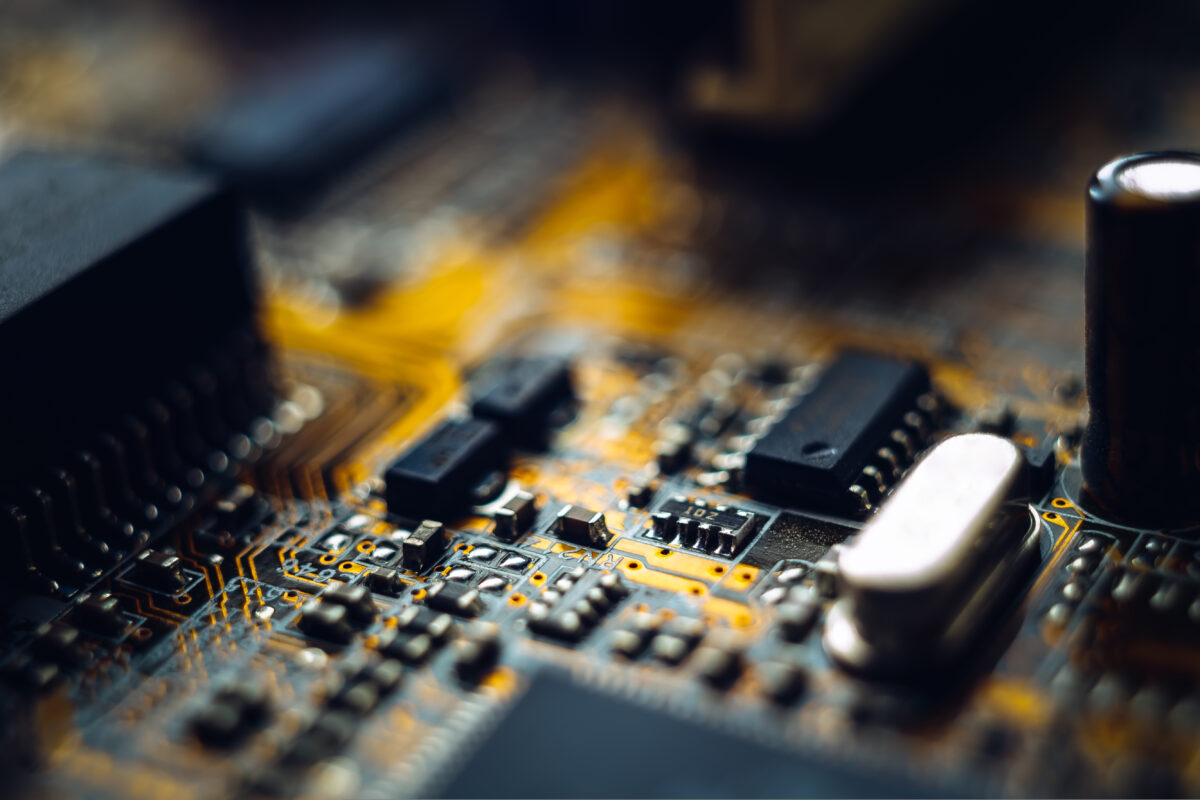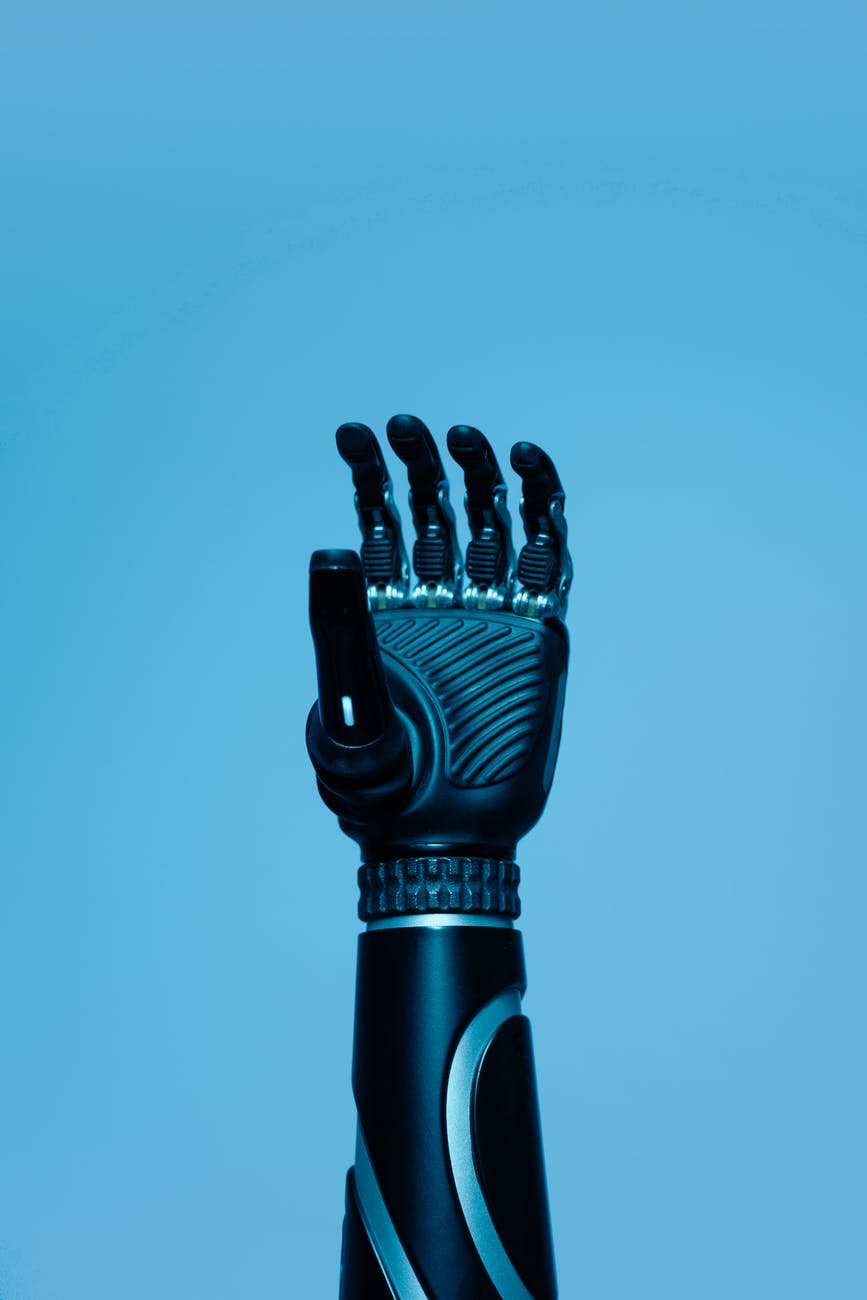PCB Assembly
Circuit boards, Assemble!
We’re not quite the Avengers, but we do know a thing or two about assembly.
As an electronic component supplier, Lantek works to get customers the electronic components they are looking for. Further down the line, manufacturers construct the printed circuit boards (PCBs) featuring our sourced components.
The assembly of a PCB is a delicate and painstaking process. Just one millimetre of misalignment could mean failure of the whole board. Here’s a brief run-down of what’s involved.
Applying solder paste
The first step in the assembly of a PCB is applying a layer of solder paste. The PCB is overlayed with a stencil, and the solder paste is applied over this. The right amount must be used, as this is spread evenly across the openings on the board.
After the stencil and applicator are removed the PCB will be left and moves on to stage two.
Pick and place
The automated placement of the surface mount devices (SMDs) is done by a ‘pick and place’ robot.
The pick and place machine will have a file containing all of the coordinates for the PCB’s components. Every component will have its X and Y coordinates and its orientation included. This information enables the robot to place components on the layer of solder on top of the PCB accurately.
Reflow soldering
From the pick and place machine the PCBs are directly transferred to a 250⁰ oven, where the solder paste melts and secures the electronic components to the board. Immediately after this, the boards are moved into a cooler to harden the solder joints.
The alternative to reflow soldering is a process called wave soldering. Much like the name suggests, in this method a ‘wave’ of solder moves across the board instead of being pasted on to start with.
Inspection
Once the reflow solder is cooled the PCBs are checked. If anything became misaligned or any solder or components are in the incorrect position, this inspection mitigates the risk to the customer.
When it comes to inspection methods, there are a few options:
Manual inspection – The most basic form of inspection, done with the naked eye. Better for PCBs with through hole technology (THT) and larger components.
Optical inspection – Using high resolution cameras, machines can check large batches of boards for accuracy at a high speed.
X-ray inspection – Give technicians the ability to check inner layers of multi-layer PCBs. This inspection method is usually reserved for more complex boards.
What a Marvel!
Lantek can supply obsolete, day to day, and hard to find components to PCB manufacturers. We can source components efficiently to keep your production line running. Contact us today at sales@Lantekcorp.com, or use the rapid enquiry form on our website.


